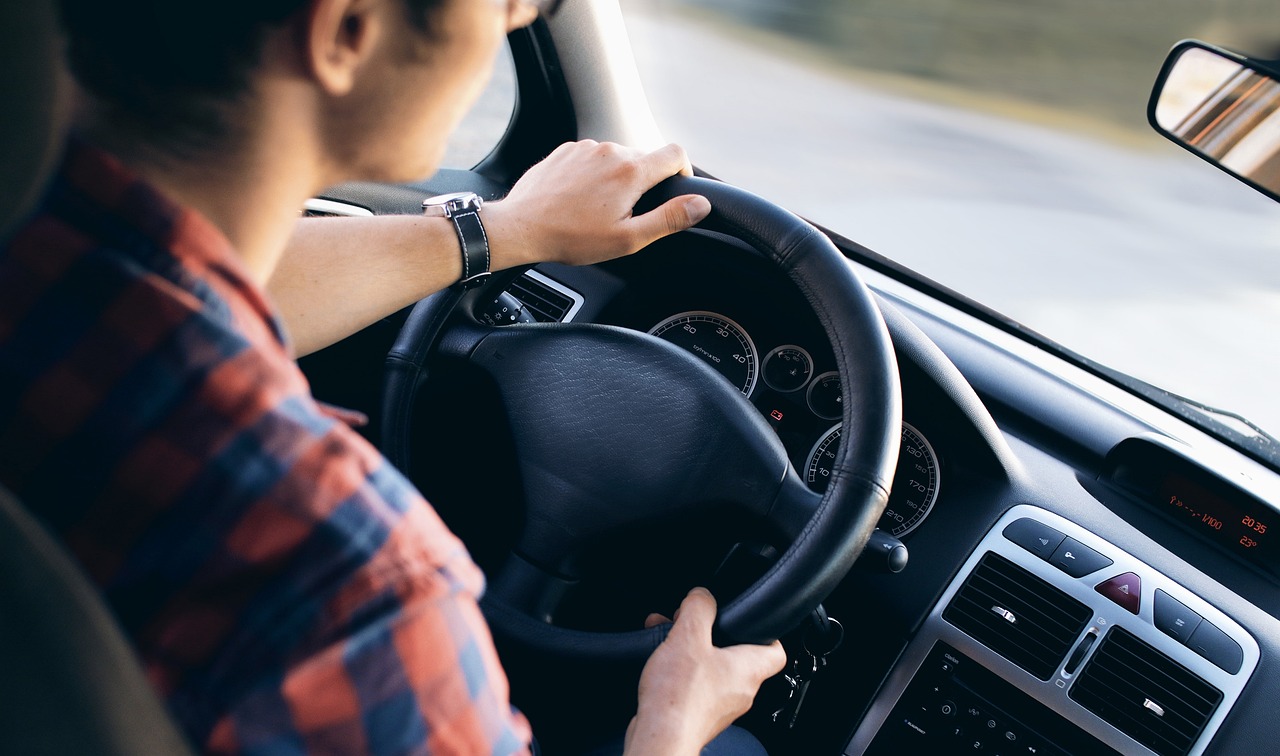
Being a defensive driver means adopting a proactive approach to driving, focusing on safety, and being prepared for potential hazards on the road. Here are some tips to help you become a defensive driver:
- Stay focused and avoid distractions: Keep your attention on the road at all times. Avoid using your phone, eating, or engaging in other activities that may distract you from driving. Remember, even a momentary lapse in concentration can lead to an accident.
- Follow traffic laws: Obey all traffic laws, speed limits, and road signs. Adhering to these rules helps maintain order on the road and reduces the risk of accidents.
- Maintain a safe distance: Keep a safe following distance between your vehicle and the one in front of you. This provides you with enough time to react and stop safely if the vehicle in front suddenly brakes or encounters an obstacle.
- Use your mirrors and check blind spots: Regularly check your mirrors and glance over your shoulder to check blind spots before changing lanes, merging, or making turns. This ensures that you are aware of the vehicles around you and can anticipate potential hazards.
- Anticipate potential hazards: Scan the road ahead and be aware of your surroundings. Look for potential hazards such as pedestrians, cyclists, merging vehicles, or sudden changes in traffic conditions. By anticipating these situations, you can react in a timely and controlled manner.
- Signal and communicate your intentions: Always use your turn signals to indicate your intention to change lanes, make turns, or merge into traffic. Signaling helps other drivers anticipate your actions, reducing the chances of collisions.
- Adjust to weather and road conditions: Adapt your driving to match the current weather and road conditions. Slow down in adverse weather such as rain, snow, or fog, and maintain a safe distance from other vehicles. Adjust your speed and driving style according to the condition of the road surface.
- Be mindful of other drivers: Be considerate and respectful towards other drivers on the road. Avoid aggressive driving behaviors such as tailgating, excessive speeding, or unnecessary lane changes. Allow other drivers to merge or change lanes safely.
- Stay calm and manage road rage: Don’t let frustration or anger affect your driving. If you encounter an aggressive driver, avoid engaging with them and instead focus on maintaining your own safety. Report any dangerous behavior to the appropriate authorities if necessary.
- Continuous learning and improvement: Stay updated on traffic laws, defensive driving techniques, and new safety features in vehicles. Consider taking defensive driving courses or refresher courses to enhance your skills and knowledge.
Remember, being a defensive driver is about prioritizing safety and being proactive on the road. By practicing these tips consistently, you can reduce the risk of accidents and protect yourself and others while driving.



Leave a Comment